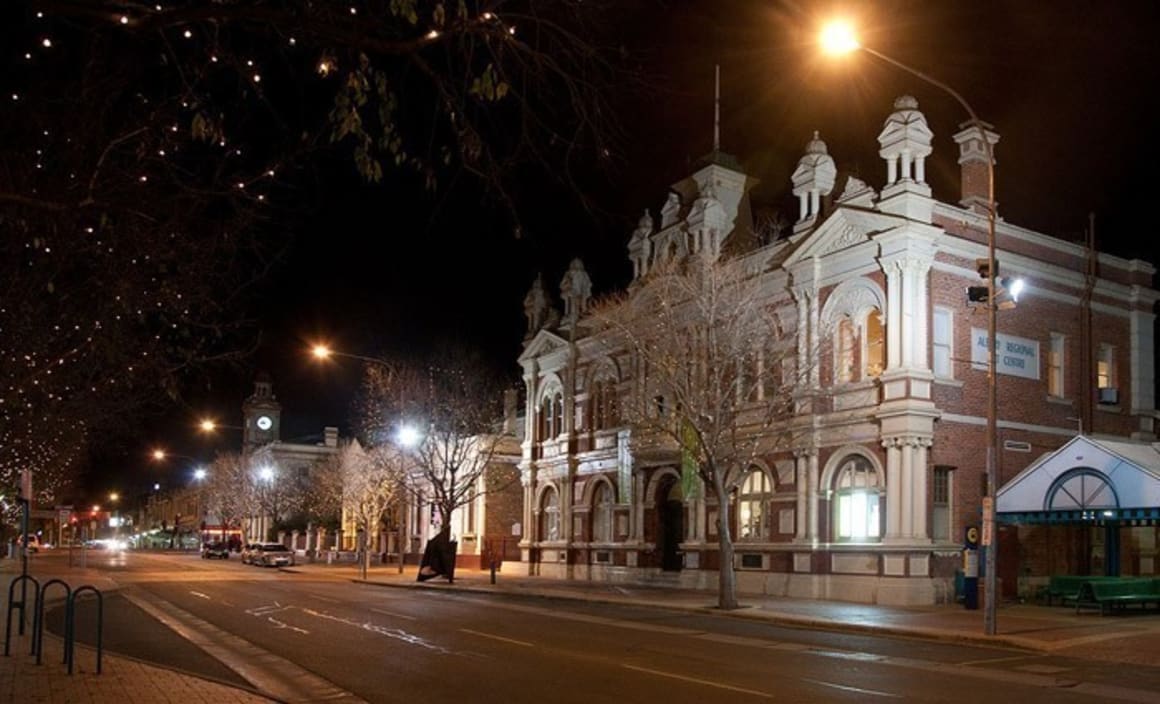Suburb spotlight: Albury market is "steady and strong"

After highlighting the region late last year, Property Observer revisits the New South Wales city of Albury to see what has changed in the city’s property market.
Albury is separated from its twin city of Wodonga by the Murray River. The city has a population of 50,243 people, which is expected to grow to 68,570 by the end of 2031. Albury’s Gross Regional Product was $2,806 billion in 2013, making its Gross Regional Product per worker $131,784 for the year. This result is slightly under the state Gross Regional Product per capita of $159,021.
The region was raised last year as a potential growth area, with Herron Todd White’s August 2013 report saying that both houses and units in Albury were at the bottom of the property market cycle.
According to RP Data, the greater Albury area’s median house price was down 1.9% from the year before, with Albury city’s median house price down 7.5% from 2012.
Earlier that year, Observer Terry Ryder also cited the area in his “hotspotting" reports due to the region’s “diversity and solidity”, writing that the area avoids exposure to the volatility of economic cycles.
This sentiment was echoed last year by Peter Drummond of Drummond Real Estate, who told Property Observer that the market was “very normal”.
“There are positive things about the market and some people are predicting it as a bit of a boom town – I think it will remain steady and strong,” he said.
Employment is spread over a range of sectors in Albury, with the majority of the city’s 21,293 workers are employed in health care and social assistance industries, followed by retail sector workers.
To further ensure the strength of the region’s economy, the local government has outlined a Digital Economy Strategy, intended to help businesses “transition into a world that is increasingly digitised”. Albury City and Wodonga City committed to a range of initiatives that it predicts will contribute to Albury-Wodonga’s economy by as much as $571 million per year.
Last month, Albury recorded one of the biggest drops in its vacancy rate, according to the Real Estate Institute of New South Wales. The city’s rental market tightened over the month, dropping 0.5% to 1.6% - the same vacancy rate as Sydney’s inner city. It is now even harder to find rental accommodation in the city than six months ago, when the vacancy rate sat at 1.8%.
According to RP Data, the city’s median house price was $325,000 for March. Units went for a median price of $167,175 in the same month, though February’s median sale price of $355,000 suggests seasonal variation or a month to month difference in the type of stock sold.
This home in East Albury is currently on the market through Sue Moss of Zelle Albury, who is quoting $379,000 for the property.

The three bedroom, two bathroom brick house with a double garage is set on an 863 square metre block. It includes a formal lounge, a gallery kitchen and a separate dining area. It was last advertised for rent at $385 per week.
Feature photo courtesy of Richard Taylor/Flickr/Creative Commons.